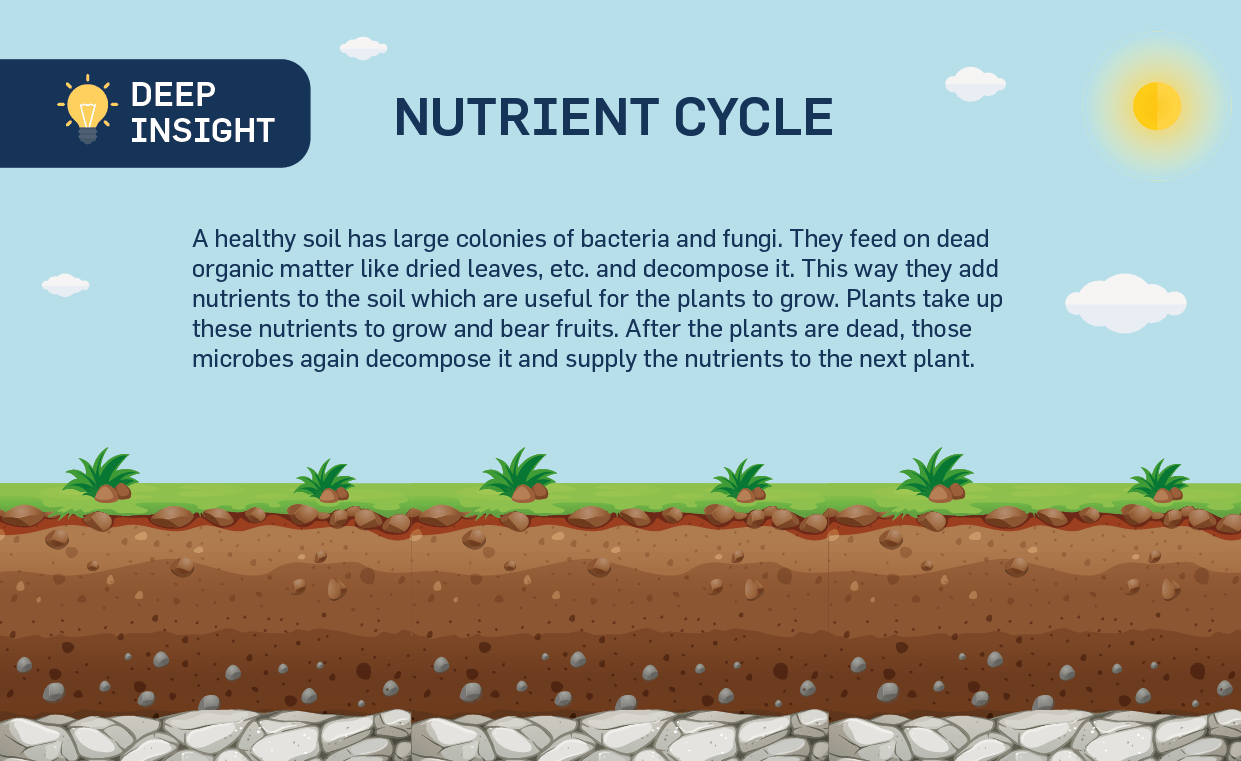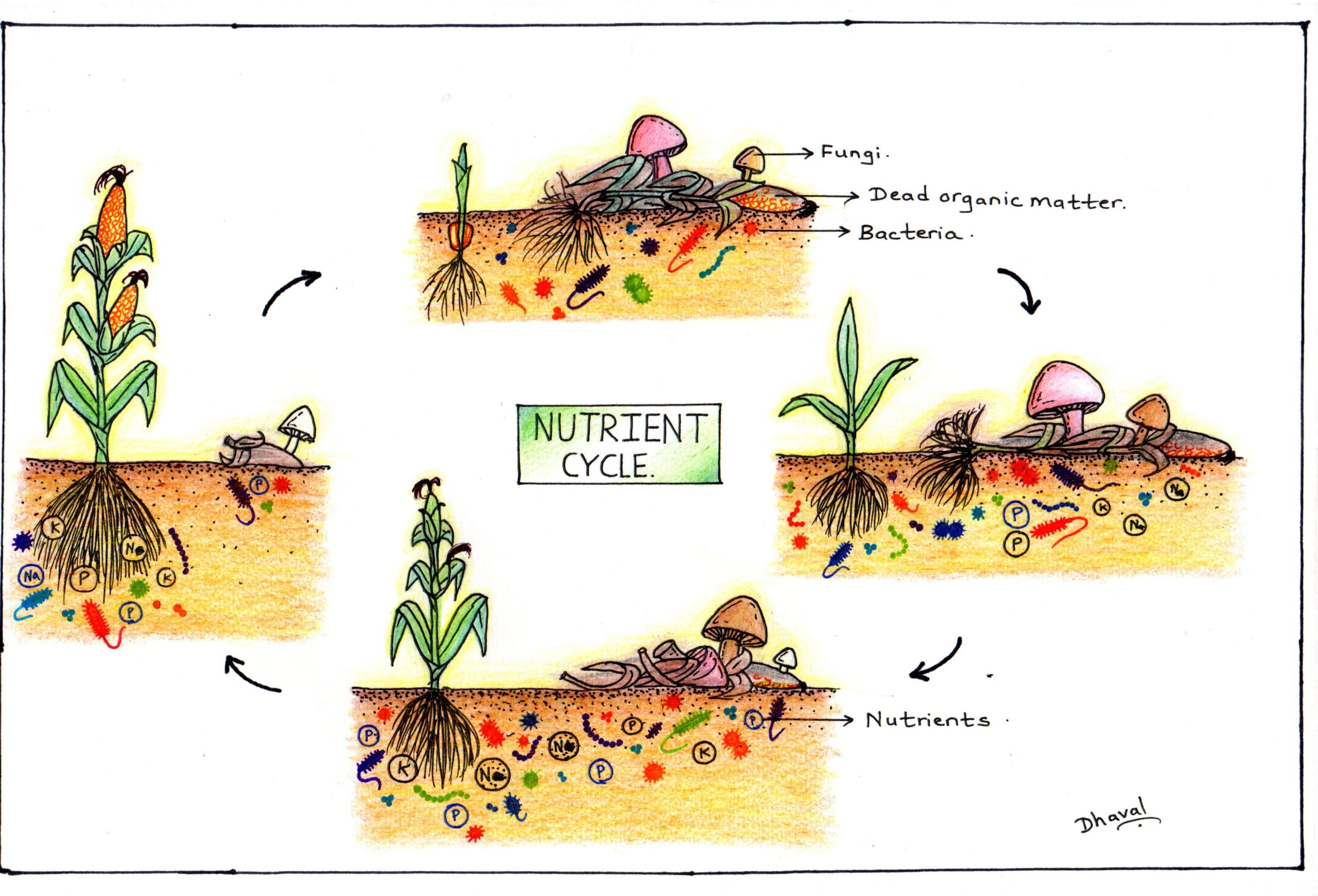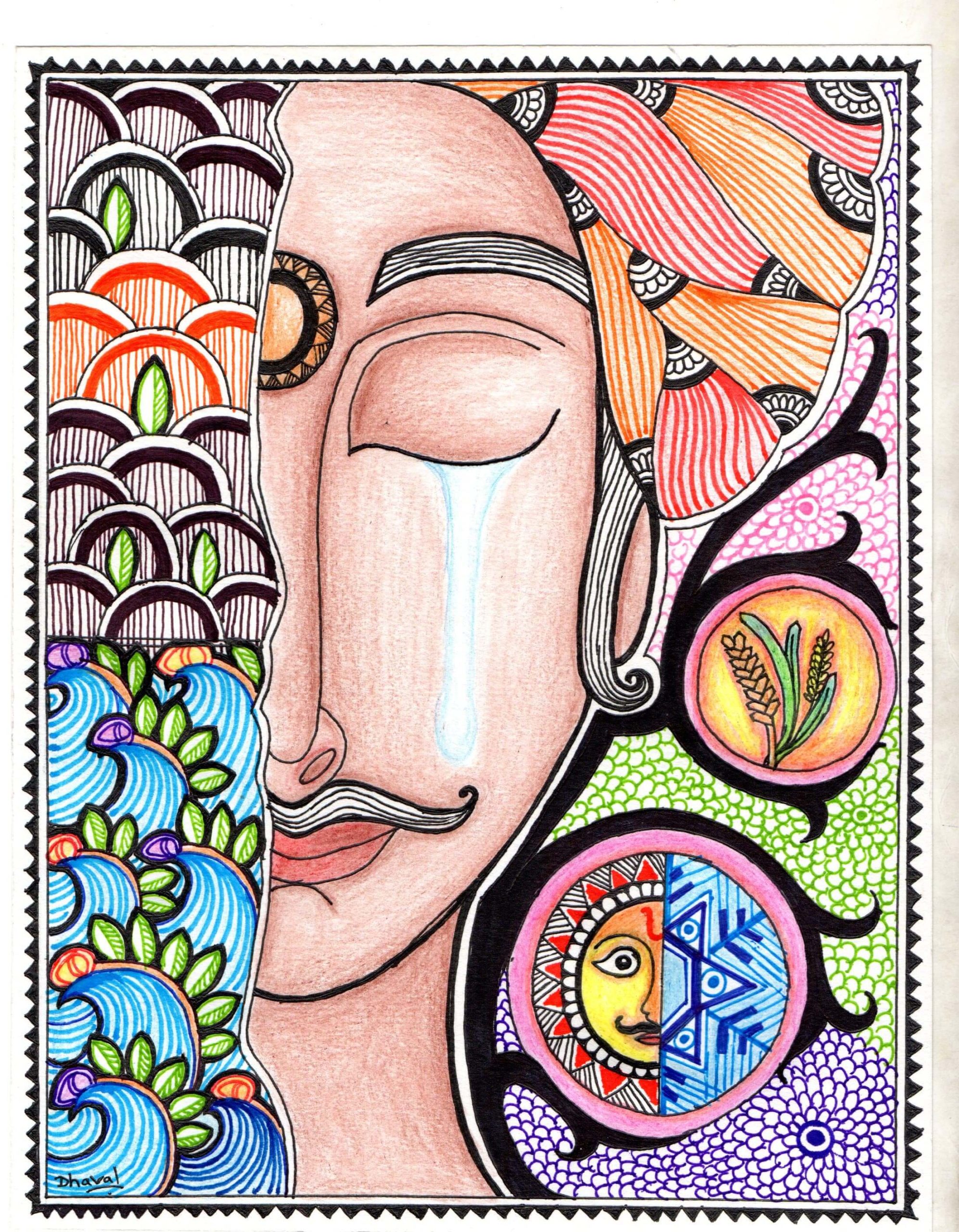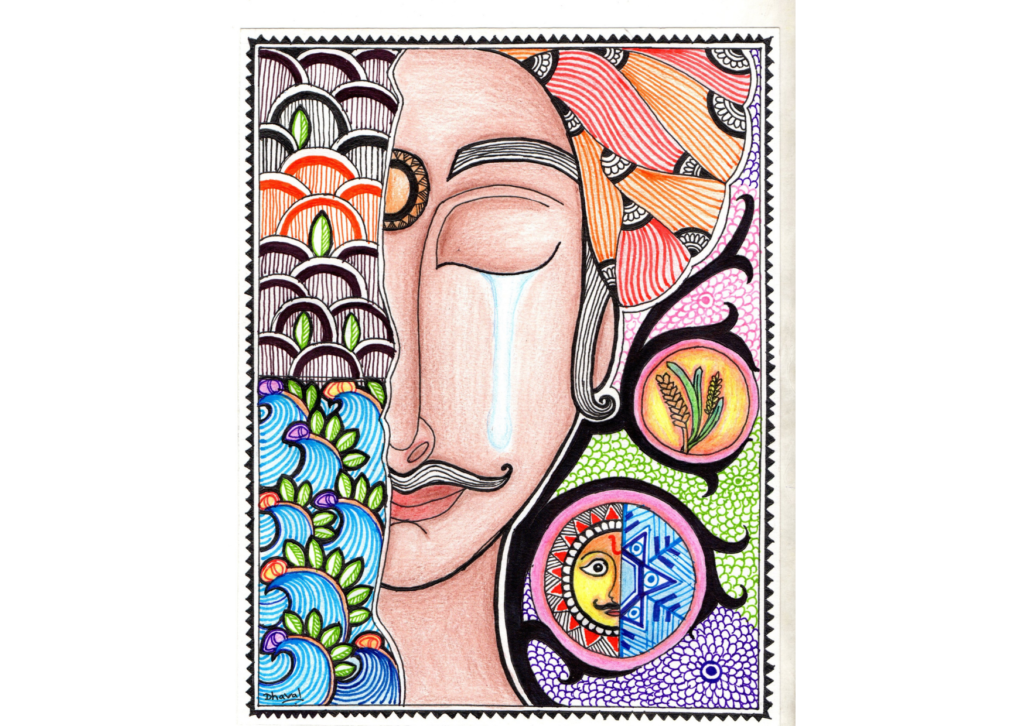Why A Good Idea Must Evolve To Survive
Thanks to the Green Revolution, there are over 7 billion of us today. We, humans, have been farming for the last 10,000 years. But we never experienced such a huge surge in population until the Green Revolution. We make enough food to feed our entire human population. How long can we rely on it and the changes it brought in our agricultural practices 60 years ago?
After few years, we started to see the drawbacks of the Green Revolution. First, let’s get a deep insight into the importance of soil bacteria and fungi.


The new crop varieties, though very high yielding, needed a lot of chemical fertilizers to grow. Thus, we started using them to add nutrients to the soil. Now one would think, “Well, now the plant has two sources of nutrients: natural (bacteria and fungi) and artificial.” No! Those chemical fertilizers are not beneficial for the growth of bacteria and fungi. Over the years, due to the extensive use of intense artificial fertilizers, we have removed the bacteria and fungi from the nutrient cycle in our farmlands. The natural way of decomposing the dead plants after their harvest became negligible. In fact, some farmers burn the entire field after harvest! By burning, we are emitting useful carbon that would have been food for those soil microbes. This burning emits high amounts of greenhouse gases. In addition, the new varieties were more vulnerable to pest attacks too! To combat that, we started applying harmful pesticides, which proved detrimental to the soil ecosystem. Besides, the use of these chemicals pollutes water bodies like rivers, groundwater.
We did this for years and thought we were in control. No, we weren’t. Nature has its ways to take over. After a few years, the pests evolved resistance to our pesticides. Even after spraying litres and litres of chemical pesticides, these pests continued to thrive. Also, the soil now was so infertile and unhealthy, that we began to get low yields. Yes, you read it right! Our high-yielding crop varieties were now giving lower crop yields season after season. Unsustainable practices like crop burning, tillage, mono-cropping (planting only one type of crop) further decreased the soil quality. So, what has to be done now? Just increase the farming area, right? We’ve done that too! Today 50% of habitable land is used for agriculture. For a better perspective, forests account for only 30% of the habitable land! So it’s just not practical to deforest more land.
So far, we have established that our agricultural practices are no longer sustainable. In the long run, productivity will go on decreasing. However, we at least have control over this problem. There is a bigger problem waiting for us. Climate Change.
Apart from soil health, climate is the biggest regulating factor when it comes to agriculture. Our agriculture completely relies on seasonality. In India, there are two distinct seasons for crop production: Kharif (Wet season viz., monsoon), and Rabi (Dry season viz., post-monsoon). Many crops are produced, keeping seasonality in mind. One such example is the Rice-Wheat Cropping system in North India.
Rice is sown just at the beginning of the monsoon. During the entire rainy season it grows as rice needs a lot of water. At the end of the monsoon, it is harvested, and within a few days, wheat is sown. Wheat grows during the dry period of winter and is harvested in Spring.
Now, imagine, what if it didn’t rain much during the monsoon season? Or it rained very heavily? In both cases, rice will not grow right as drought will affect crop development, or flooding will ruin the entire field. Similarly, what if it rains heavily in winter when wheat is sown? The crop will be destroyed. Due to Climate Change, the irregularity in weather patterns will increase year after year.


Thus, with varying climate patterns, it will be very difficult to farm and produce high yields. One spell of heavy rain or drought can ruin a farmer’s entire crop yield for that year. This problem poses a big socio-economic question.
As I mentioned at the beginning, at present, sufficient food is produced to feed our population. Still, why is hunger, malnutrition prominent in some parts of the world? It’s because, out of 7 billion people, 1 billion eat more and 1 billion get less. This inequality is due to various reasons like the country’s economic situation, agriculture practices, education, and the entire socio-economic spectrum.
Various studies point out that populations from countries with rich economies usually get surplus food supply. The case is dead opposite in countries with poor economies. By the year 2050, the human population will hit 10 billion. That way, we would have more people to feed too!

To summarise, we are making enough food for the people we have while some are eating more and wasting more, leaving others lesser than what they need. We need to grow way more to feed this 30% increase in population in the next 30 years. As climate change will increase in severity in the next 30 years, growing food will also be more difficult. Also, our current agricultural practices are unsustainable.
Agriculture is one of the major contributors to global warming. Our methods have reduced soil health and diversity. Our techniques have proved harmful for the environment and our health too.
Our yields have begun to either plateau or even decrease in some cases. We are already using too much land to grow food; we cannot afford to expand anymore. I haven’t even mentioned the meat industry! The meat industry is one of the greatest greenhouse gas emitters and uses more land than is used for agriculture! Check out Urja’s article for some insight- VEGA-IN or LOSS?.
To meet the ever-increasing food demand while fighting climate change by adapting to sustainable agricultural practices, we need to make our farming more productive without expanding the farmland to conserve natural ecosystems.
How can we do that? Fortunately, we already have a lot of solutions. Stay tuned to read about this in the next episode.
. . .
Writer

Rohit Pawar
Rohit is an ecologist who recently graduated with a bachelor’s degree in Biosciences from Savitribai Phule Pune University. He wishes to devote his life to ecosystem conservation. In his free time, he worries and overthinks about the biggest problems in the world, especially climate change. He thinks that we are 4 Elon Musks away from saving this planet.
Illustrator

Dhaval Shejwal
Dhaval is currently pursuing his bachelors in Microbiology. Both science and art are his passions. Creativity keeps him going. Scientific data visualization and communication have become the need of time and necessity, as well to break the wall between a lab and home. According to him, “Art is a beautiful reflection of Science, there is art in science and science in art”.

